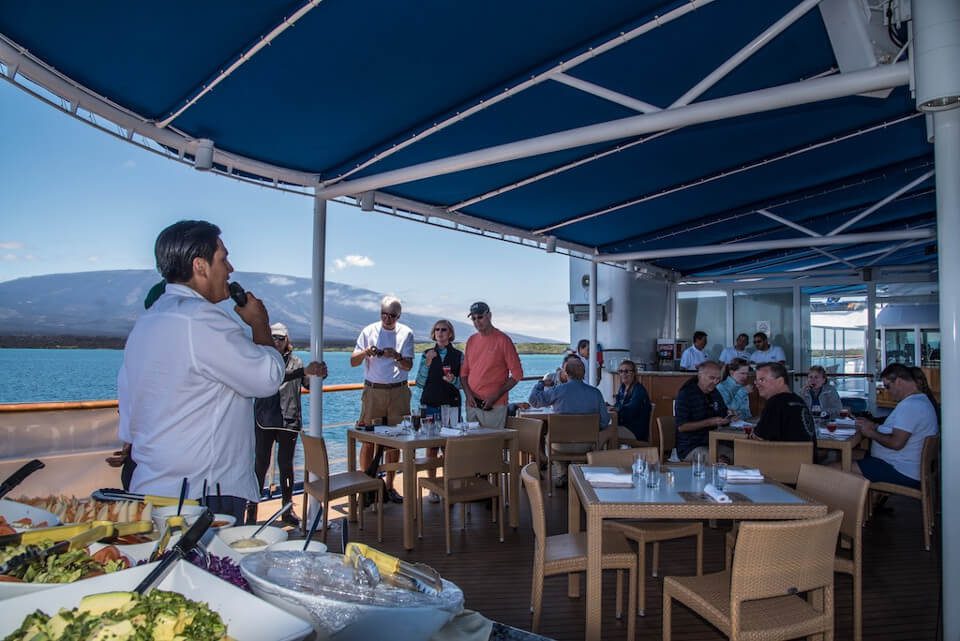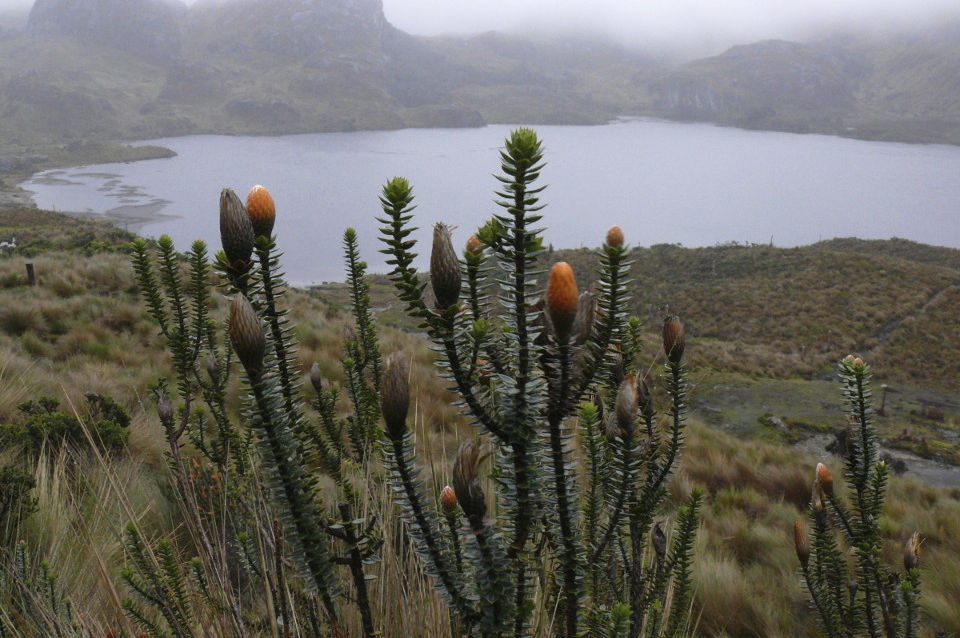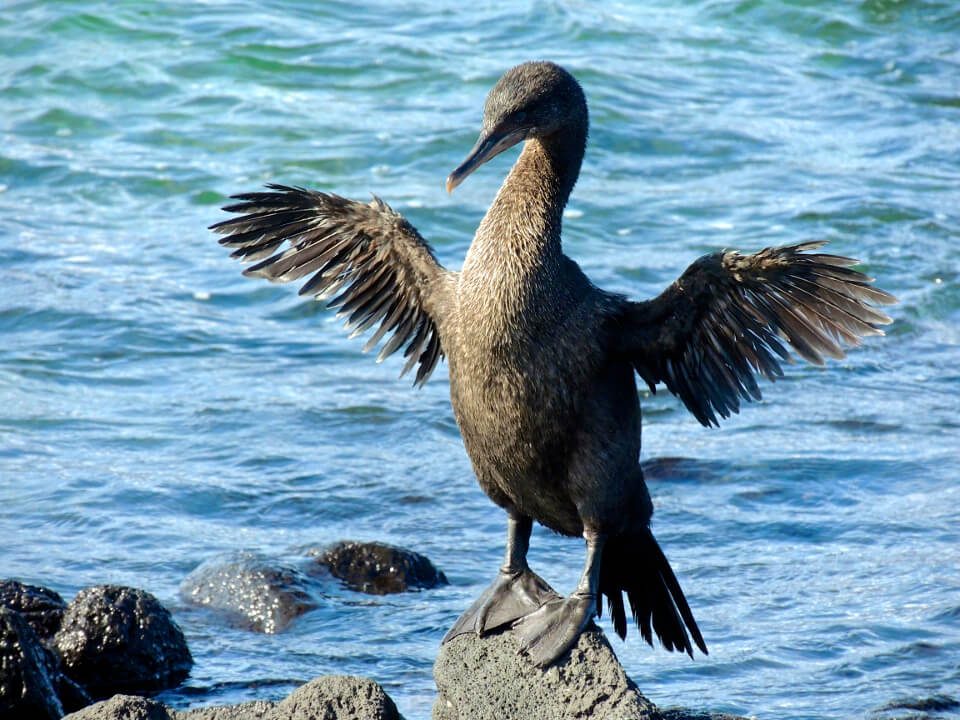First, it must be corrected to state that only some cruise ships operate in the Galapagos. Why? Under the Galapagos National Park Rules, only certain vessels that meet specific environmental and size requirements can perform. This often excludes traditional, mega-scale cruise ships, as they are too massive to circulate sustainably within the Galapagos archipelago. As a result, these “mega” cruise ships are unauthorized vessels in these enchanted isles. However, small, medium, and large expedition vessels that adhere to the strict regulations operate in the region.
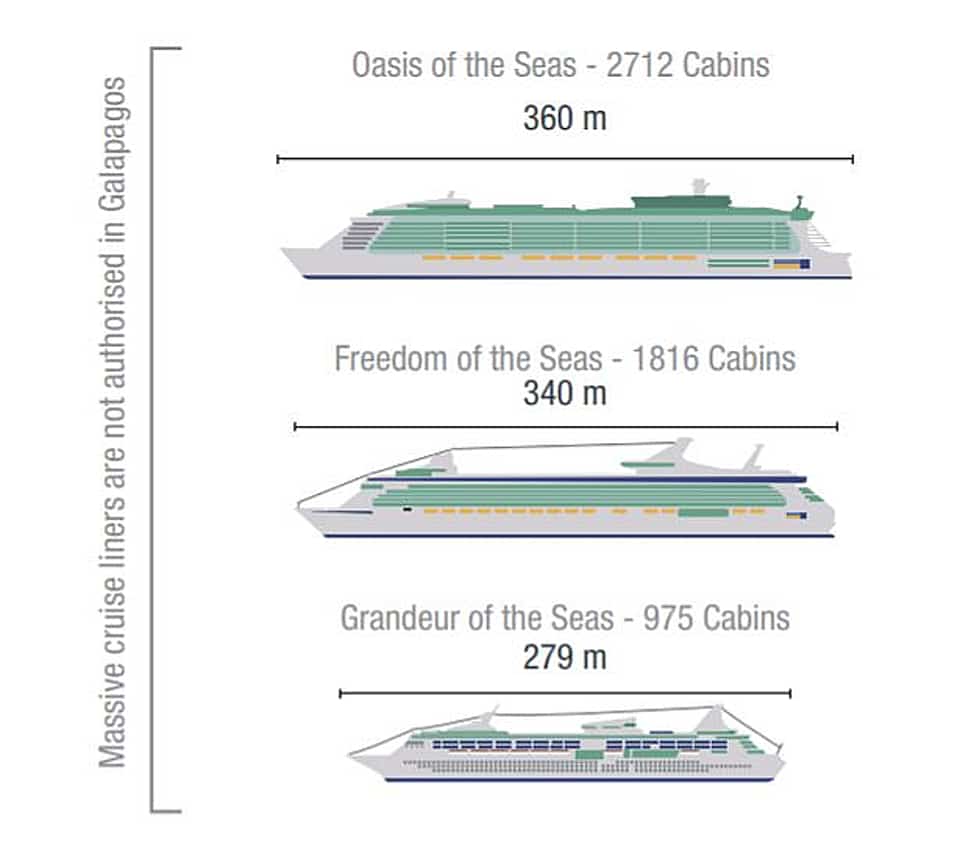
Let’s introduce the Expedition Vessel, a smaller yet no less luxurious version of the traditional cruise ship. This kind of ship could be medium to large size. Passenger vessels navigating throughout the Galapagos Islands must fit into this category to comply with the regulations established by the Galapagos National Park. But beyond measure, what distinguishes these two types of sea transport?
TALK TO A DESTINATION EXPERT

Diego Zapata

Rosa Mena

Sandy Lara

Diego Zapata

Rosa Mena

Sandy Lara
Expedition Vessels are a different type of cruise ship; unlike the “mega” ones, they are designed to offer a more intimate and immersive experience. These ships are usually equipped with expert-guided tours, educational lectures, and activities that focus on the unique ecosystem of the Galapagos. Due to their medium size, they can provide closer access to the islands, allowing passengers to explore remote areas that mega-ships cannot reach. Additionally, their operations are carefully planned to minimize environmental impact and adhere to the strict sustainability guidelines imposed by the Galapagos National Park.
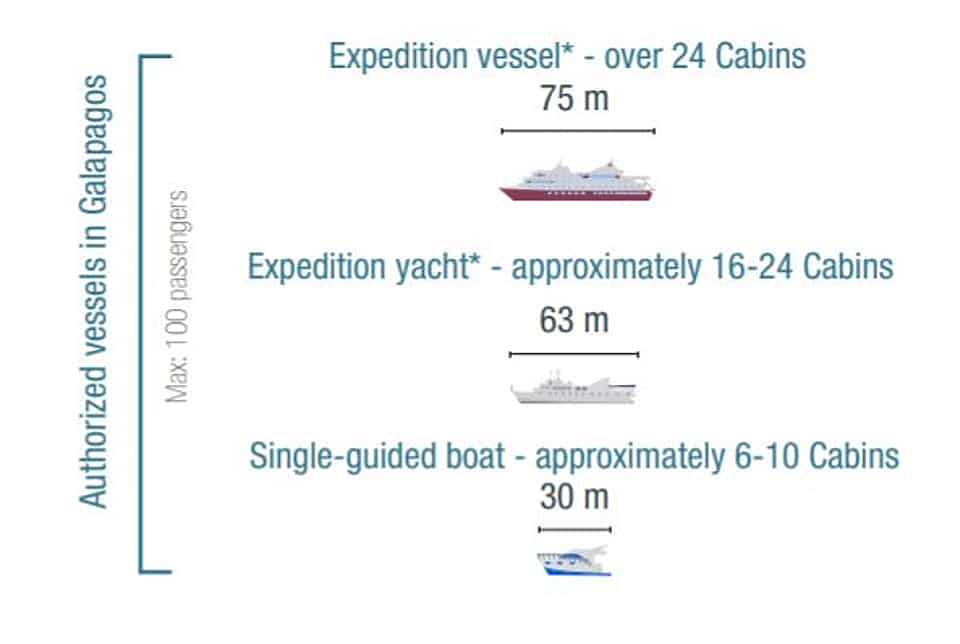
The Cruise Ship: A Bustling Behemoth
Modern cruise ships have evolved significantly from their early days. Today, a single cruise ship can carry over 6,500 passengers and comes fully equipped with many amenities, such as casinos, fitness centers, spas, cinemas, and even fully equipped theaters for shows and performances. They also feature swimming pools, hot tubs, clubs, libraries, numerous restaurants and bars, and nightclubs. These “mega” cruise ships are more like floating cities than superficial seafaring vessels. They’ve even been likened to “balcony-laden floating condominiums.”
What characterizes a “mega” cruise ship beyond its size is its self-contained focus. It offers an encapsulated “bubble experience” that floats on water. When cruise ships offer educational activities or informative events, these are typically seen as mere “enrichment” aspects of the larger, city-like experience onboard. Lessons and informative lectures are just one attraction of the entire trip. Consequently, such offerings are similar to an “appetizer of knowledge” rather than the main course. This leads us to the other aspect of ocean cruising…
Expedition Vessel: The Key is in the Guides and Surrounding Experience
Expedition Galapagos Cruise is a comfortable and ample expedition vessel. Make your journey across the Galapagos aboard a ship that will cater to your every need.
Galapagos Expedition Vessels draw the line and differ entirely from cruise ships due to two main things:
A.) Their emphasis on natural ecosystems and responsible tourism and B.) The presence of naturalist guides.
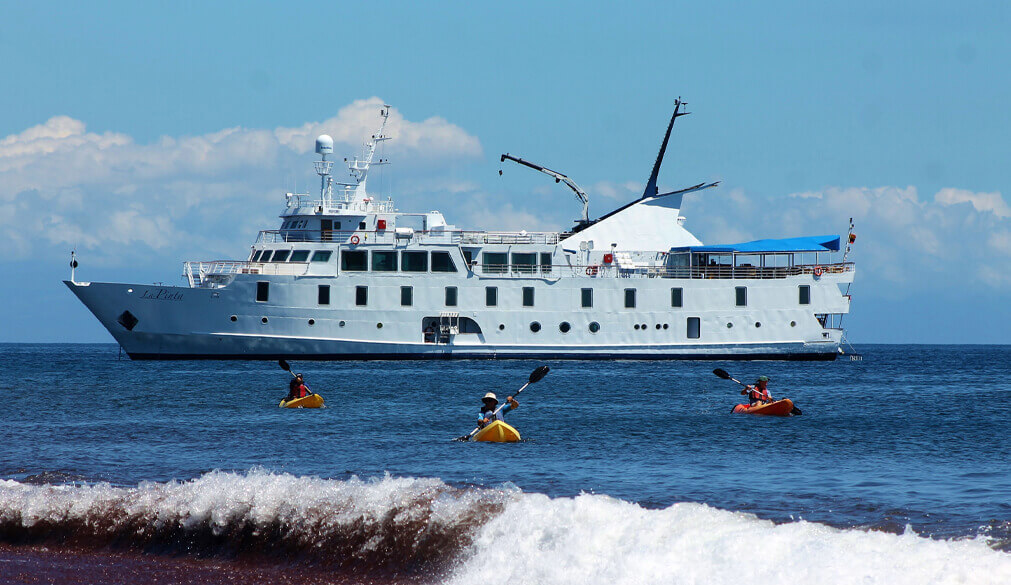
A small note on size: expedition vessels are substantially medium to large (in the Galapagos, for instance, the maximum number of passengers allowed on an expedition vessel is 100 guests) than “mega” cruise ships, granting them the ability to get much, much closer to visitor sites and the local scenic wonders of an area.
Naturalist guides and expedition leaders aboard Galapagos expedition vessels comprise the “expedition team.” Frequently, guest lecturers who offer a series of presentations on specific topics are also present on board. These topics span the destination’s historical, natural, geological, biological, and ecological aspects, providing guests with an in-depth understanding of the Galapagos Islands.
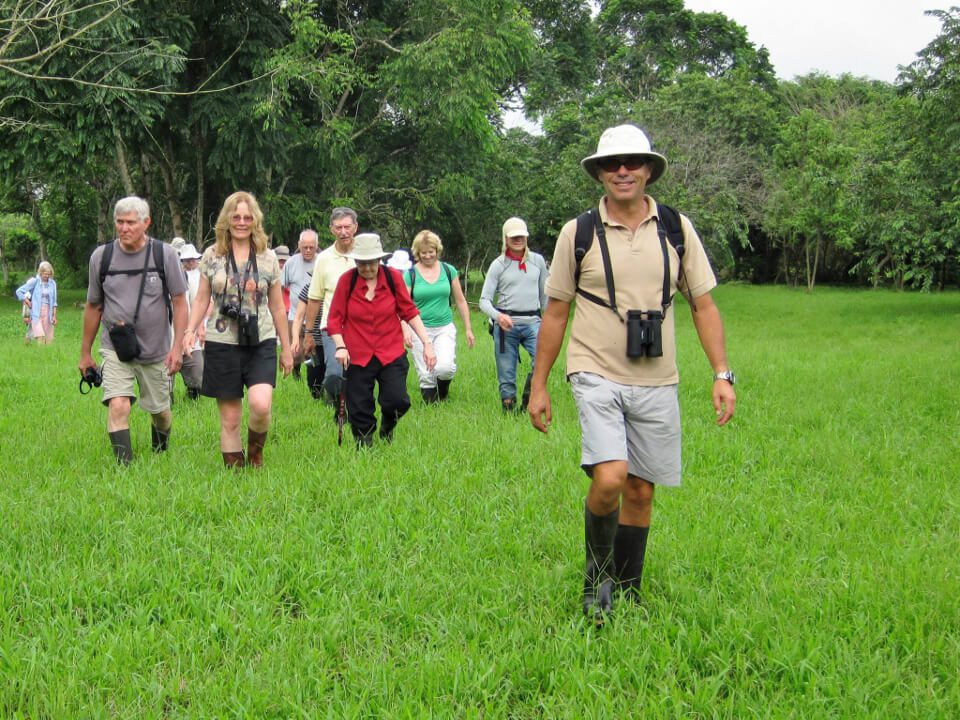
Expedition Vessels are designed with a destination-focused approach, immersing guests in the surrounding environment. On Galapagos itineraries, guests spend most of their daytime hours out of the vessel, exploring nearby visitor sites teeming with iconic wildlife, surreal landscapes, and delicate ecosystems. These excursions, with interspersed breaks and meals, can last 6 to 8 hours.

Javier Garcia

Eduardo Silva

Carolina Escobar
START PLANNING YOUR TRIP

Javier Garcia

Eduardo Silva

Carolina Escobar
Get in touch for more
CONTACT US
This also entails using skiffs or dinghies (often called pangas in the Galapagos) that can quickly and easily transport guests to the different sites. Such transfers always involve either wet or dry landings. The former consists of taking a slight, thigh-high plunge into the water before stepping ashore; the latter involves virtually zero wetness levels.
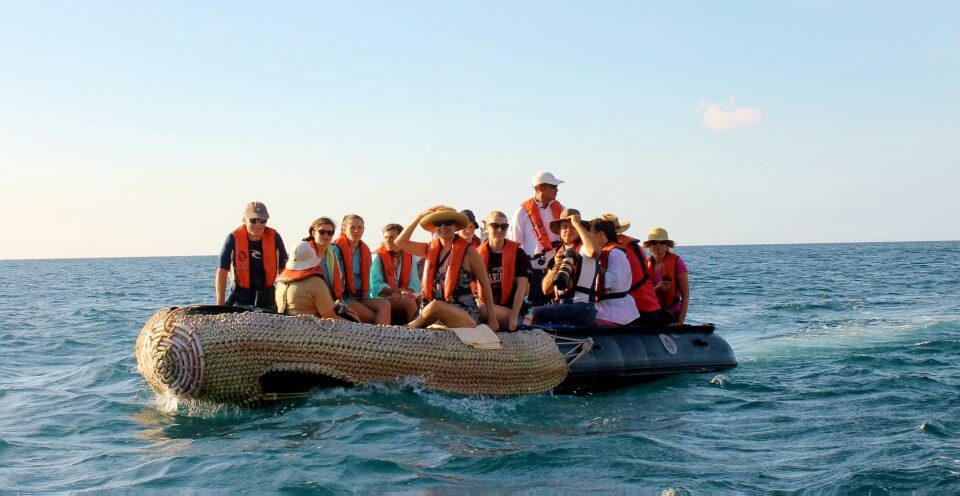
Regarding expedition vessels, there is more to them than just adventure and exploration. Despite their smaller size and fewer amenities, these vessels provide an incredibly luxurious experience. An excellent example of this is our Expedition Galapagos Cruise and Yachts. Our Galapagos Expedition Vessels offer all the comforts of a hotel, including gourmet meals, safety protocols, professional navigation, and additional features that larger cruise ships provide. In addition, we have highly skilled and knowledgeable nature guides onboard who lead on-shore excursions, making the experience truly immersive and enriching. You can rest assured that all our activities are safe, and we even have an onboard medical doctor.
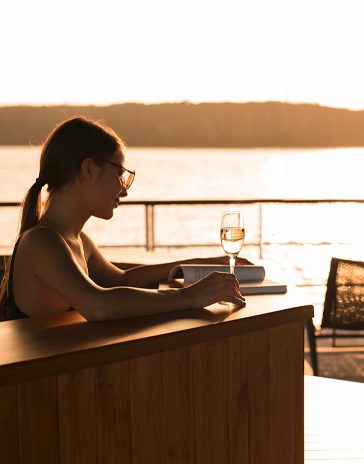
Certain itineraries aboard expedition vessels in the Galapagos are structured and designed to help maximize our guests’ wildlife and terrestrial viewing experience. Expedition Galapagos Cruise and Yachts have it all covered in the Galapagos.
